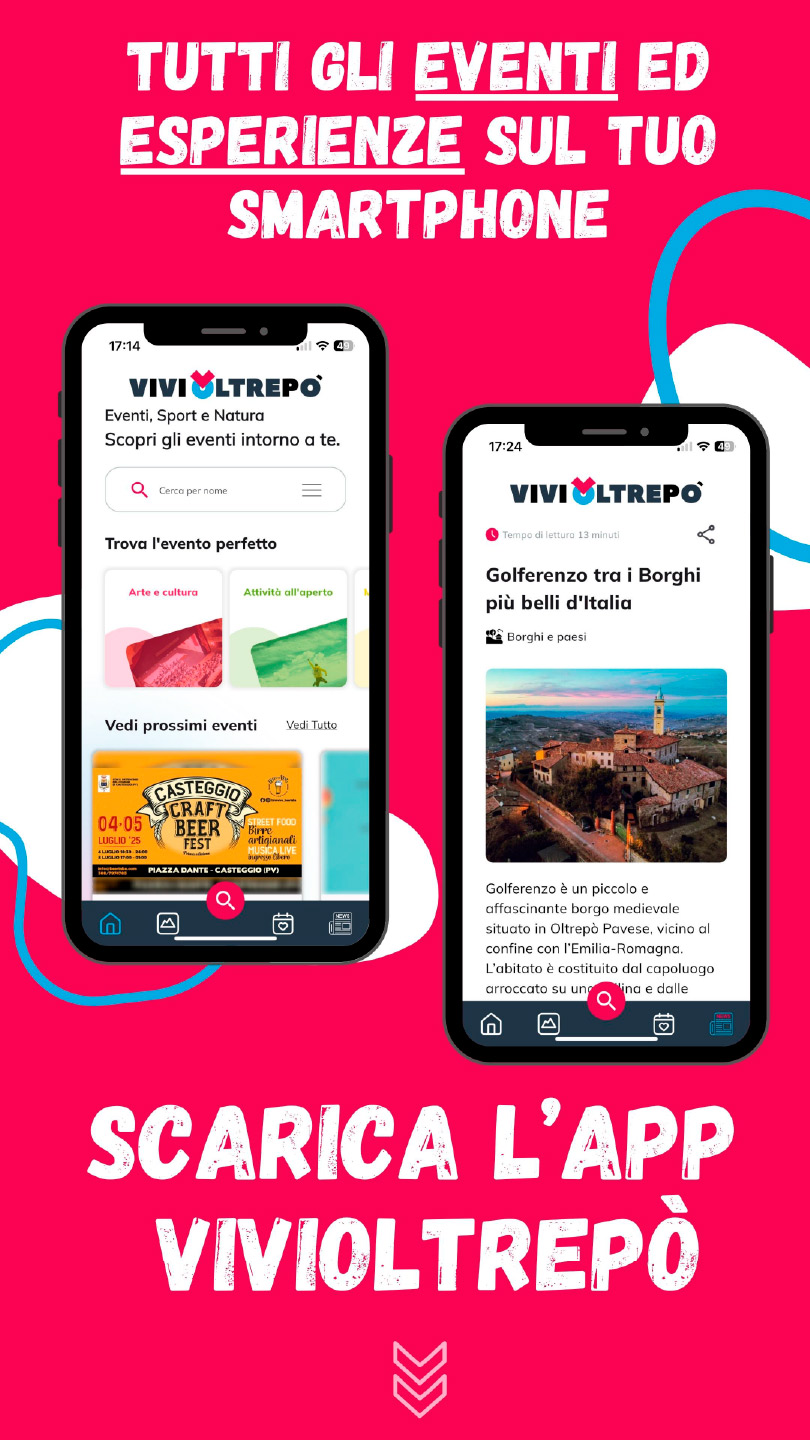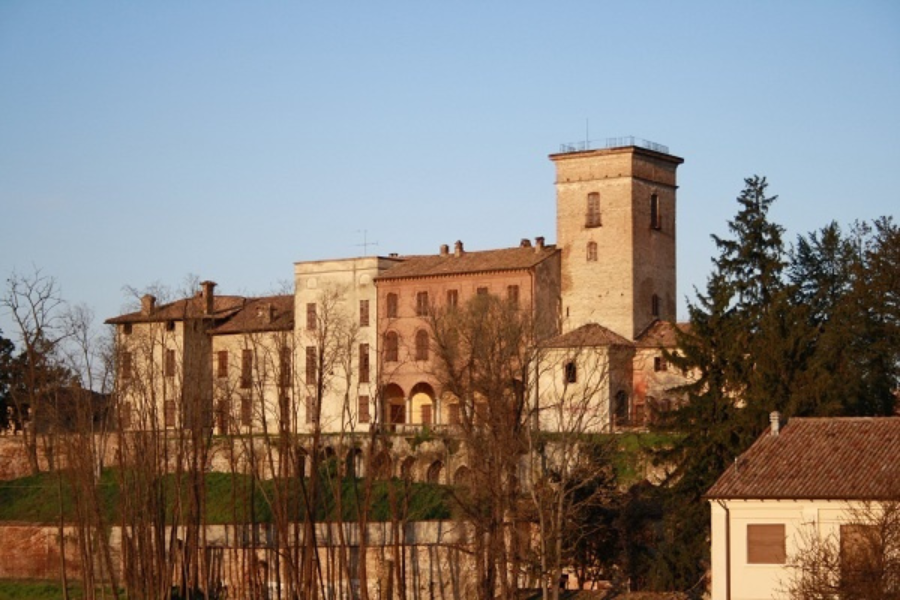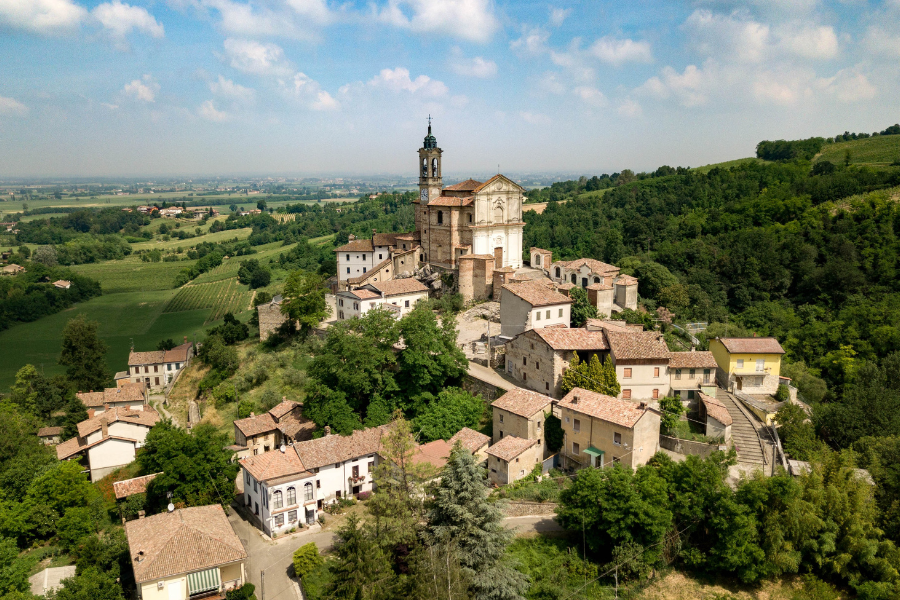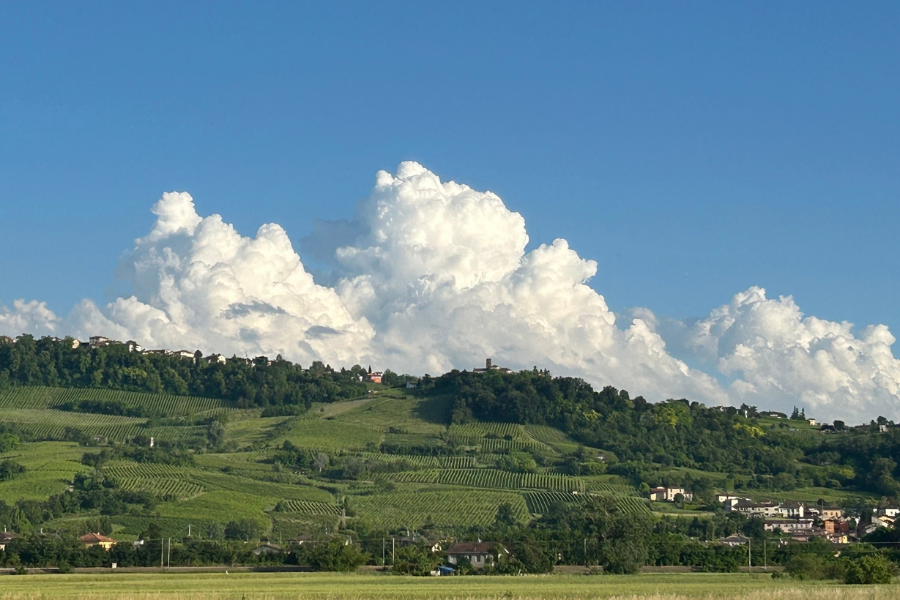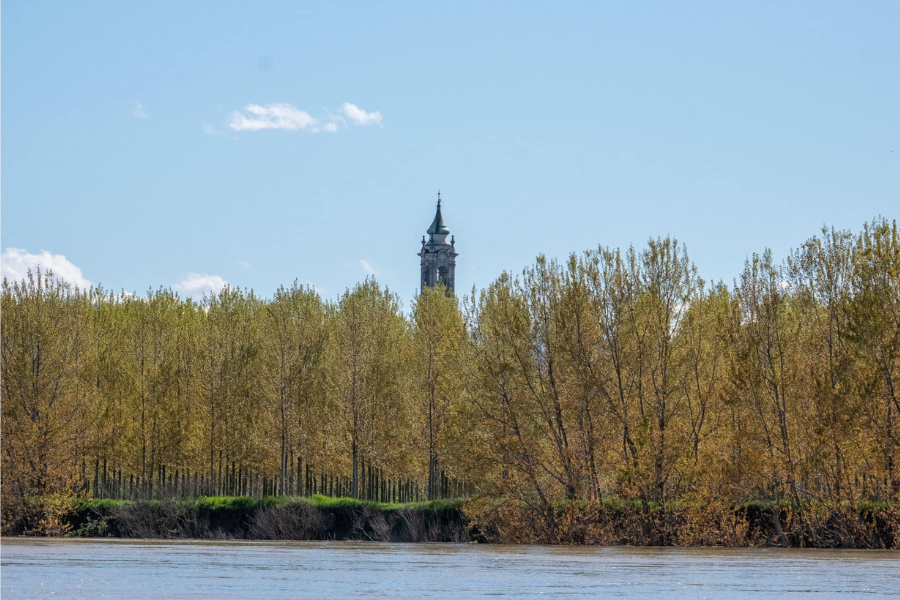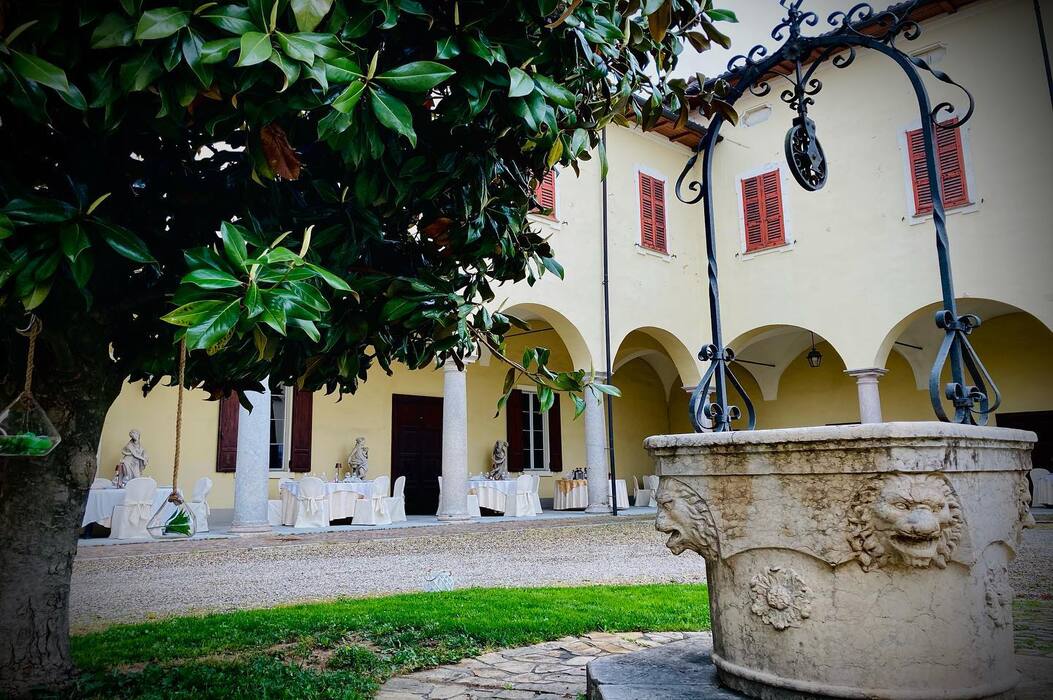Holidays in Romagnese
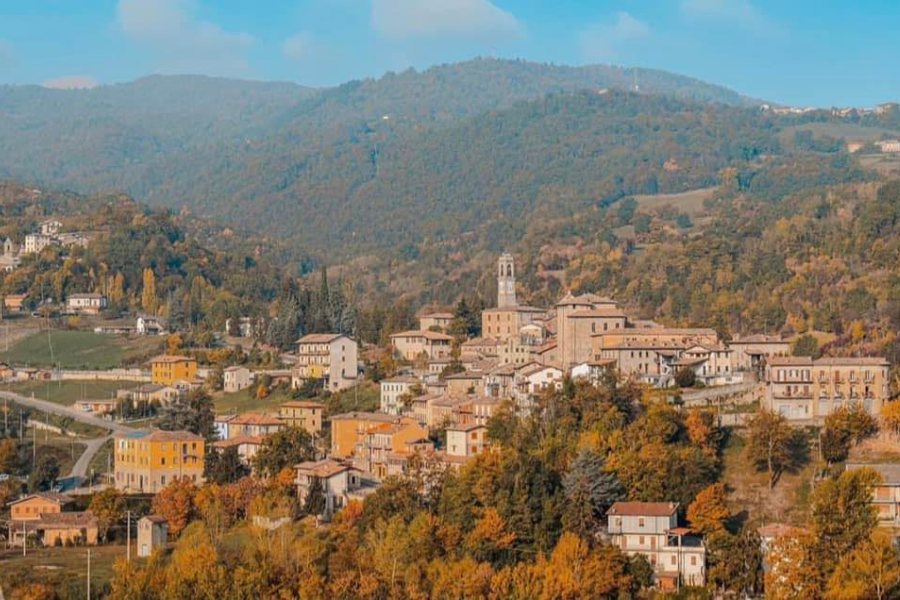
With Romagnese we unlock a memory for many
This village has always been one of the most popular summer holiday resorts in theOltrepò Pavese Montano, not only for residents of Pavia, but also for inhabitants of neighbouring regions, thanks to the climate that in summer tends not to be too hot according to weather statistics, and thanks to the municipal swimming pool where many have spent summer after summer.
Its location has also made it attractive as a winter destination; the Sci Club Romagnese, one of Lombardy’s historic ski clubs with more than 50 years of activity, organises courses there for both beginners and experts in alpine skiing.
Cover images taken from the Facebook page of the Municipality of Romagnese
History
The place name Romagnese is probably of Latin derivation, from the noble name Romanius. In the 10th-11th centuries, the town was referred to as Romanise. It is said that Romagnese(castrum Romaniense) developed from an encampment of Roman legionaries fleeing after the defeat suffered by Hannibal in the Battle of the Trebbia, during the Second Punic War (218 BC).
A Roman necropolis was discovered on the border with the municipality of Zavattarello, confirming that the village was populated by a Roman colony.
In 1327, the Landi family from Piacenza received ecclesiastical investiture from the bishop of Bobbio and imperial investiture from Lodovico of Bavaria, maintaining it for a long time. The territory was then dominated by the Eustachi, Bentivoglio, Riario and Sanseverino families.
In 1383, the castle, village and valley were given in fief by Gian Galeazzo Visconti to the condottiere Jacopo dal Verme, who promulgated the Statutes of the Municipality of Romagnesio, a strict code of civil and penal laws.
In 1634 the village was included in the Oltrepò and in 1859 it became part of the province of Pavia. In 1923 it was included in that of Piacenza, but after the referendum of 1925 it returned under Pavia.
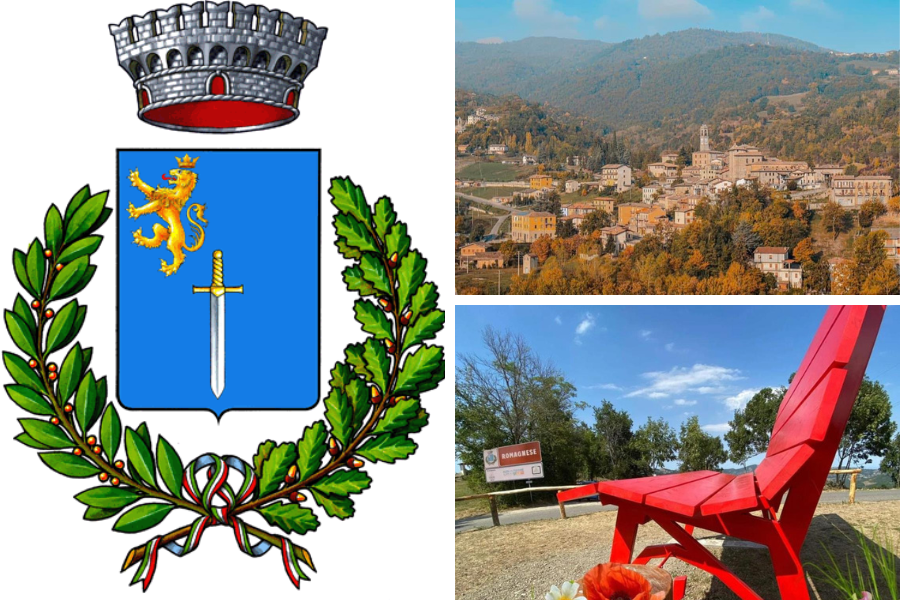
Images taken from the Facebook page of the Municipality of Romagnese
What to see in Romagnese
The streets of the village
The village still retains its medieval character, with narrow streets leading to the highest part and winding between brick houses. Its hamlets also have typical narrow streets, small cosy squares that look like farmyards, barns and stables, local stone houses and roofs with tiles.
The Castle
In the centre of Romagnese stands part of the fortress (14th-15th century) built on the remains of a castle from before the year 1000.
The Dal Verme Castle, built in local stone, originally consisted of four towers.
The Guelph battlements are covered by a canopy. Inside are several barrel-vaulted halls, while the basement contains the dungeons and rooms used in the past for torture.
The eastern counter façade leads to an 18th-century portal, crowned by a French door with a sandstone balustrade.
Museum of Rural Art and Agricultural Tools
The castle tower houses the Museum of Rural Art and Agricultural Tools of Romagnese, which from 2019 was renamed M.AP.LO 4P (Museo Appennino Lombardo 4 Province). It is an ethnographic museum that collects donations from families of Romagnese: objects of daily use, craft tools used by the farrier, the shoemaker, tools for crushing and wine production at home and historical documents that tell the story of rural work and local traditions.
It is an opportunity to delve into the rural life and farming practices of the past in this area of Lombardy.
Address: Via Castello 1 – 27050 Romagnese PV.
Landscape
From the top of the castle tower, you can admire Mount Pietra di Corvo at over 1,000 metres and Mount Penice at 1,460 metres.
Speaking of breathtaking views, a stop at the Big Bench 170 in Romagnese is not to be missed.
It is a must to sit and admire the surrounding nature.
Nature and trekking
The area is home to the Sassi Neri-Pietra Corva SCI (Site of Community Importance), officially recognised in 2019.
The site extends over 667 hectares on the right bank of the Tidone stream, encompassing ophiolite rock outcrops 150 million years old.
Like many places whose history is lost in the mists of time, this area also has its own legend: the Sassi Neri are said to have been thrown by the devil at Saint Columbanus in an attempt to steal his soul.
The site is home to six habitat types and great biodiversity, with numerous bird species and rare plant species.
Pietra Corva Alpine Botanical Garden
Within the SCI is the Pietra Corva Alpine Botanical Garden, founded in 1967, which includes flower species from the Alps, the Andes and the Pyrenees. The garden is an important centre for botanical studies and an ideal starting point for exploring the trails in the area.
Mount Penice Park
The Monte Penice Park is one of Romagnese’s main natural tourist attractions.
Located in the vicinity of the village, the park offers an extensive network of hiking trails through woods, meadows and valleys.
Nature lovers will find an extraordinary wealth of flora and fauna here.
Events and traditions
Romagnese keeps many traditions alive, including the Easter triduum, a set of ancient rituals that begins with the Holy Thursday procession and culminates with the Cantamaggio, in which groups of singers walk the streets of the town singing songs of good wishes for the arrival of spring, accompanied by traditional musical instruments, which historically are mostly the fife and the accordion.
Local gastronomy
The cuisine of Romagnese reflects the culinary traditions of the Oltrepò Pavese. Typical dishes include artisanal cured meats, mature cheeses and fresh pasta accompanied by local wines.
Romagnese’s most famous product is brusadèla, to which a day is also dedicated, the ‘Sagra della Brusadèla‘, held every year in August. This is a focaccia baked in old wood-fired ovens that can be enjoyed in a savoury or sweet version.
Visiting Romagnese means going back in time, to ancient Rome, to the Middle Ages, to the agricultural customs of a more recent past, and it also means immersing oneself in the nature that embraces the village and its hamlets.

 Save your favorite events
Save your favorite events
